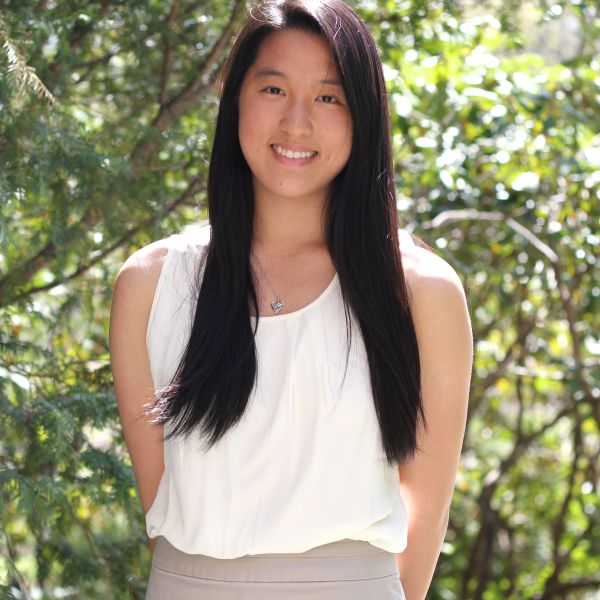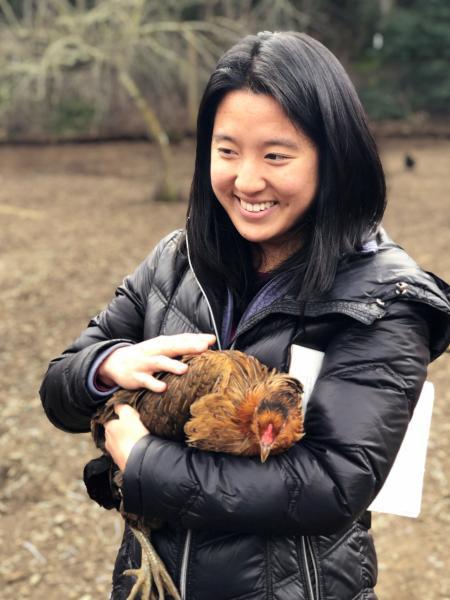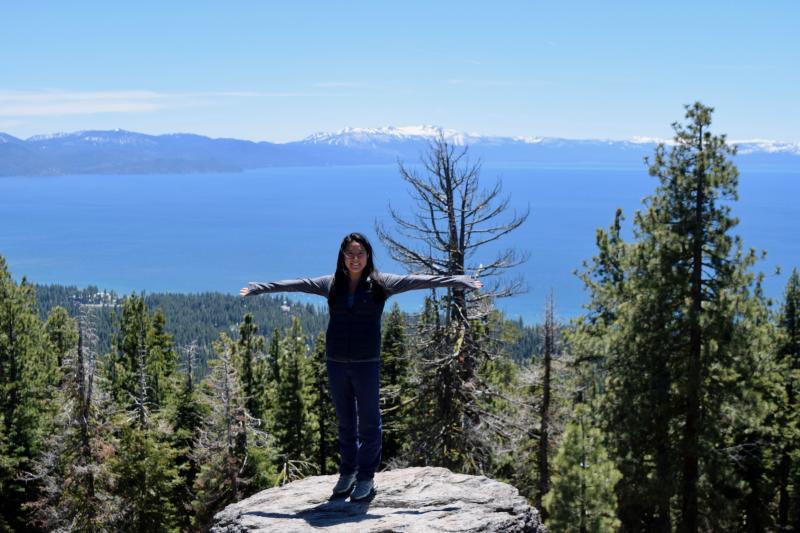Image

Stanford, CA, United States SEE OTHER BIOS HERE
Age: 25
Veronica works with environmental educators, learning scientists, designers, and technologists to co-design engaging and equitable learning experiences for young children and families.
Tell us about yourself!
I work at the nexus of the learning sciences, computer science, and environmental education, and am currently a PhD candidate in Learning Sciences & Technology Design at the Stanford Graduate School of Education. I first came to research through the Wellesley College Human Computer Interaction Lab, where we designed, developed, and studied innovative technologies to understand their potential to change how people collaborate. Combining my interest in technology with my passion for working with kids (my first job, at 14, was teaching kids to swim!), my research immediately centered around how we might use technology responsibly, ethically, and in engaging, interesting, and creative ways to engage young people in learning.
My own experience as a woman of color in computer science (CS) led me first to CS education, where I worked to create learning experiences in robotics and engineering for hundreds of boys and girls in locales around the world – including Boston, South Africa, Mexico, and Brazil. Being in these varied environments and understanding the lived experiences of local students, teachers, and parents showed me the power of technology to transform how people learn, interact, and interpret their world, while simultaneously highlighting issues of equity in how and for whom our technologies are designed. Co-design, a practice that includes stakeholders in the design process, plays an important role in my efforts to connect computer science and environmental education. One of my current projects examines how augmented reality can be co-designed for redwood park settings to strengthen climate change education in an equitable and sustainable way.

Family influence played a huge part. We lived in Boulder, Colorado, for my first ten years, and my fondest childhood memories are from our backyard: digging for worms with my older brother, helping my mom pick strawberries, and incessantly tracking the size of our cucumbers. I’ll also never forget our drive to school, which featured the Rocky Mountains perfectly framed in the front window of our van. As we grew older, countless family vacations were spent at national parks – Zion, Yellowstone, and Banff rank among my favorites. There was something new to see at every corner, and since my two brothers and I were all competitive athletes, we appreciated the limitless opportunities to expend some energy.
My college years temporarily hid me from the outdoors – New England was freezing for much of the year, and my studies kept me busy at a desk – but a 10-week stay in Cape Town, South Africa, reconnected me with nature. Cape Town is a stunning mix of mountains, beaches, and plains, boasting incredible biodiversity, and it was there that I learned to appreciate species ranging from the king protea to the rhino. My nature experiences left me in awe, and it’s that sense of wonder that I keep coming back to as I integrate environmental education into my research.
What advice would you give to the next generation of leaders that are looking to bring about positive change in their communities through EE?
Always seek out ways to put things into perspective, whether that’s visiting dinosaur skeletons and reflecting on timescale, or connecting with people who think differently than you. It’s so easy to get lost in our own work and our own worlds, and it’s important for us to be able to step back and get a balcony perspective. There is no single reality in our world – virtual reality applications aside, everyone has their own reality and perceptions. We can’t create change without acknowledging this, and as educators, particularly in the environmental realm, we need to understand what these different realities are in order to facilitate effective and engaging learning experiences for all.
What keeps you motivated, inspired, or hopeful for the future?
Talking to, and really listening to, people of different backgrounds, from different places, with different perspectives. For me, this happens in two ways. First, I’m privileged in that my professional experiences have spanned not only academia, but also the non-profit, public, and private sectors. Everywhere I’ve been, I have had the opportunity to meet phenomenal, hard-working individuals who aspire to make change through their unique roles and organizations. Second, working with kids is easily one of the most motivating, inspiring, and hope-inducing things I get to do. Their insights are often hilarious, but also humbling and thought-provoking, and seeing the world through their eyes enables me to approach my work with creativity and excitement.

Definitely a sea otter! I grew up swimming, so I absolutely feel at home in water (especially on my back!). I very much enjoy eating, just like sea otters – they consume over a quarter of their weight daily in order to stay warm. I can totally get on board with their need to stay clean, and simply the fact that they sleep holding paws! Finally, sea otters are incredibly resourceful by using rocks as tools for hunting and feeding, and laser cutters, computers, and colored markers are among my favorite tools for creating learning technologies.